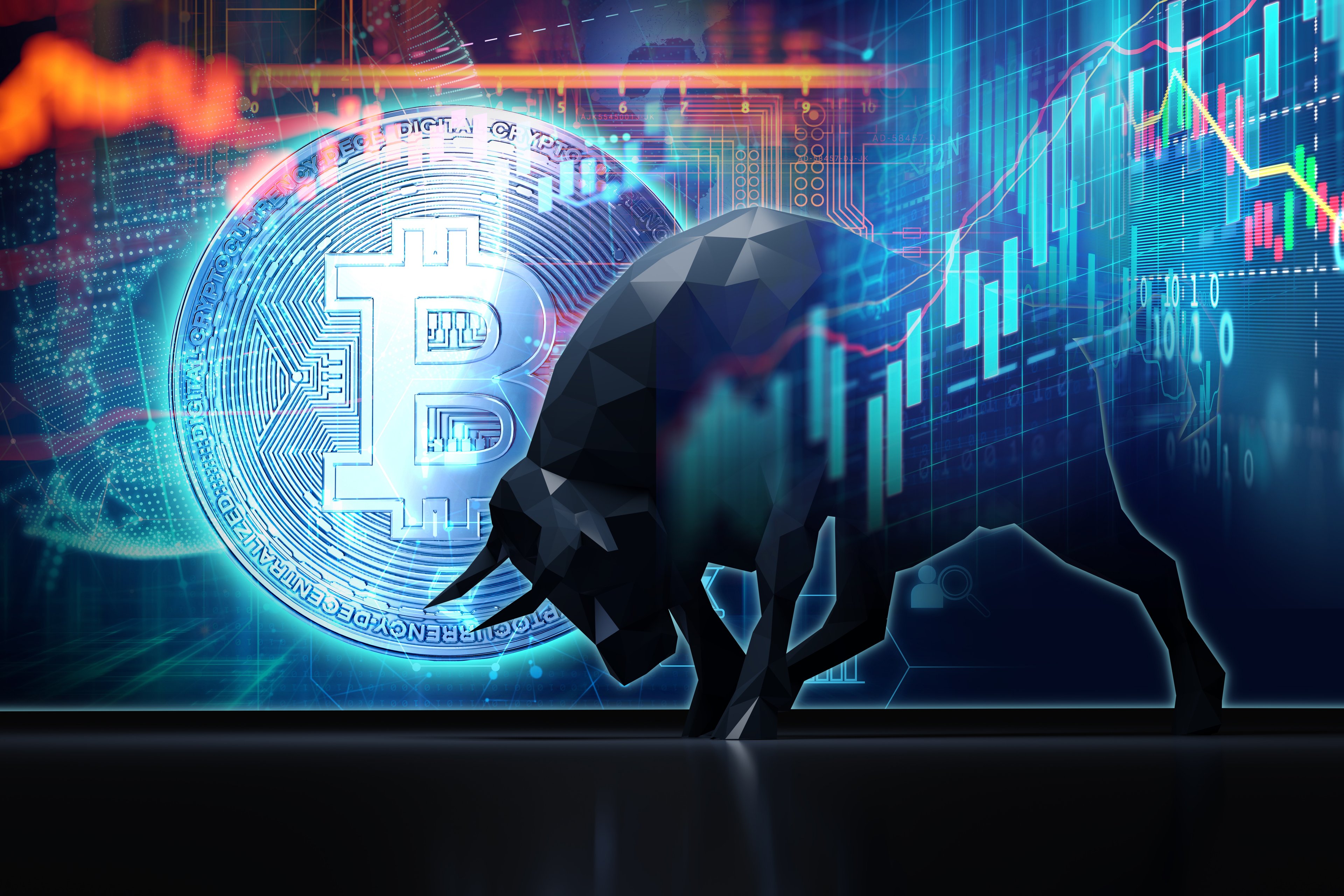XRP (XRP +1.62%) is up 47% for the year and remains the top-performing major cryptocurrency of 2025. It is outpacing even Bitcoin (BTC +0.81%), which is up 25% for the year. Purely on the basis of price performance, XRP looks like a no-brainer crypto investment.
But, under the surface, there are three issues that investors need to be aware of. While they may not sink the price of XRP, they can easily keep a lid on this cryptocurrency's price performance for the remainder of this year.
Centralized coin supply
XRP has a total circulating supply of 59 billion coins. Based on that number alone, you might assume that XRP is widely held. But that's simply not the case. The top 10 XRP blockchain wallets hold 41% of all supply, and the top 20 XRP blockchain wallets hold 50% of all supply.
Moreover, a relatively small number (663) of blockchain wallets hold at least 5 million XRP each. If you do the math, that implies that a minimum of 3 billion XRP tokens, or roughly 5% of the total circulating supply, is likely held by Ripple insiders.

Image source: Getty Images.
That all adds up to a very top-heavy ownership structure. Even though XRP has been around for more than a decade, the total number of individual holders of XRP worldwide is estimated at less than 2 million. And, in order to join the upper 10% of XRP holders, all you would need to do is acquire 2,500 XRP for a price of $7,500. That's how shallow the ownership base is.
This centralized coin supply came to the fore in July. At nearly the exact moment that XRP hit a 52-week high of $3.65, a wave of selling hit the market. As it turns out, a co-founder of Ripple had sold 50 million XRP tokens for a total price of $175 million. Not that there's anything wrong with that -- it's perfectly OK to lock in your gains on your crypto holdings.
But here's the thing: XRP went into a market swoon shortly thereafter, losing approximately 15% of its value. All of a sudden, a cryptocurrency that seemed like it was heading to the moon crashed back to earth, and is now trading for just $3. So buyer beware: if a huge crypto "whale" decides to dump his or her coins, you will ultimately feel the impact in your own portfolio.
The SEC court case that won't go away
Another major factor is the long-running SEC legal case involving Ripple, the company behind the XRP token. Back in December 2020, the SEC determined that XRP was a security, not a cryptocurrency, and filed a lawsuit against Ripple for selling unregistered securities. That case, believe it or not, is still ongoing after nearly five years.

CRYPTO: XRP
Key Data Points
What's particularly disappointing is that, at various points over the past two years, the case looked like it was done. In summer 2023, for example, the SEC case looked like it was finally over after a favorable court ruling, and XRP rallied hard. But then the appeals process went into motion, and that's where we are today. In order for the case to go away forever, the SEC still has to drop all final appeals in the case, and that's something it has not done yet.
This is problematic because XRP's epic rally after the 2024 presidential election was predicated on a very simple idea: the arrival of a pro-crypto administration would sweep away all the regulatory issues swirling around XRP and Ripple. Until this SEC case goes away, a number of key growth catalysts -- such as the planned launch of new spot XRP ETFs -- may be put on hold.
Tariffs
Just when the market seemed to have forgotten about tariffs, here they are, back in our lives. Back in April, the crypto market tanked as soon as the White House rolled out its "Liberation Day" tariffs. Then, when the tariffs were paused, delayed, suspended, and reduced, the crypto market rallied. But now that the August tariff deadlines have passed, the crypto market is once again showing weakness.
See a pattern here? You don't need to be a genius to see that tariffs appear to be tremendously destabilizing for most cryptocurrencies. And XRP appears to be in the bucket of cryptocurrencies that aren't going to hold up so well.
Complicating matters further is the fact that the primary use case for XRP -- cheap, efficient, and fast cross-border payments -- is exactly the type of use case that would appear to be most at risk from tariffs. Simply put, if countries aren't trading with each other, or doing so at much lower volumes, there simply may not be as much demand for XRP.
Is the XRP glass half full or half empty?
I'm not trying to be a pessimist here. I actually think XRP has tremendous upside potential over the long haul. The cryptocurrency has real utility, and it has a number of positive growth catalysts in its favor, including the potential launch of spot XRP ETFs later this year.
However, until there is further resolution of the SEC case against Ripple, and until there is more clarity around tariffs, XRP might face some choppy waters ahead, especially in the coming months.





